Neural networks, artificial intelligence, interspecies collaboration, transdisciplinarity and genetic manipulation are among the most emblematic terms of the most recent contemporary times. Applied to virtually all areas of research and production, they are also capably settling into the private sphere, with the effect of exponentially accelerating the already ongoing dissolution of our dying anthropocentrism. If before we were inclined to imagine the future as a dystopian deflagration in which humanity would risk paying with extinction for the excess of power exercised over the other life forms with which it shares the planet, now its eventual disappearance tends to assume in our imagination more the connotations of a progressive disempowerment at the hands of other entities, sometimes afferent to new dimensions not even perceptible to us. TheAnthropocene, a geological era characterized by the decisive role of human beings in modifying the Earth’s environment, maintained from its linguistic root the centrality of man, who continued to be the main parameter of orientation, albeit negative, for understanding the present and representing the future. Now that this period is drawing to a close, what etymology will the word that will designate the next age of the world refer to? Ours is a transitional phase in which, bewildered and attracted by the glimpses of an order of things within which the human component might be nothing more than incidental, the still humanistic legacy of our cultural setting survives in an extreme attempt to metabolize otherness through the defense of the ontological efficacy of the opposition between human and nonhuman.
Even in the artistic production of recent years centered on these themes, the confrontation with the elusive forms of existence generated by neuroinformatics applied to artificial systems appears mostly animated by a serpentine (albeit subdued) competitiveness, implicit in the curiosity to test their limits and potentialities against the human model. Escaping such a horizon is the investigation of Pierre Huyghe (Paris, 1962), one of the best-known artists on the contemporary international scene, whose fame is linked to installations, films, collective projects and performances that, made since the early 1990s, question our collective imagination through a systematic dismantling of its supposed compactness. The artist conceives of his works as speculative fictions, which in the first phase of his creative journey are mainly videos aimed at investigating the narrative structures inherent in the mechanisms of story formation and the intrinsic polysemy of every narrative.
Always interested in the relationship between the human and the non-human, from the beginning of the 2000s he blurs the rejection of the semantic linearity of video montages into the creation of environmental works that are presented as complex systems in continuous and constant evolution characterized by the interaction between different forms of life, inanimate objects and technologies. Emblematic in this regard is the installation Le château de Turing, created in 2001 for the French Pavilion at the Venice Biennale, a rarefied setting pregnant with happenings that attempted to abolish the boundaries between the cognitive specificities of man, animal and machine by intersecting these three different modes of information processing under the retroactive control of the HAL computer, responsible for the computational process. The terrain of uncertainty created by this intermingling, an ideal incubator for the emergence of other possible forms of the world, is perhaps the stylistic feature that most distinguishes his work even in later developments, from there on oriented toward creating sensory-perceptible gateways “to the possible or the impossible - to what might or might not be,” as he himself likes to repeat.
More than two decades after that seminal project, which won him the Special Jury Prize in still pioneering times for that kind of research, the artist returns to Venice in conjunction with the 60th International Art Exhibition with a monumental new retrospective at Punta della Dogana, the exhibition venue of the Pinault Collection since 2009. For this endeavor, realized with the support of curator Anne Stenne, his close collaborator for the past ten years, the artist was given carte blanche to manage the vast spaces of the architectural complex restored by Japanese architect Tadao Ando for museum use. The exhibition brings together historical works, which have long been in the collection of the magnate collector François Pinault, and new works that are the result of his more recent research, orchestrated in such a way as to satisfy the dual intent of offering an exhaustive overview of his creative journey over the years and of immersing the visitor in an integrated setting in which the boundaries of space and time seem to cancel out.
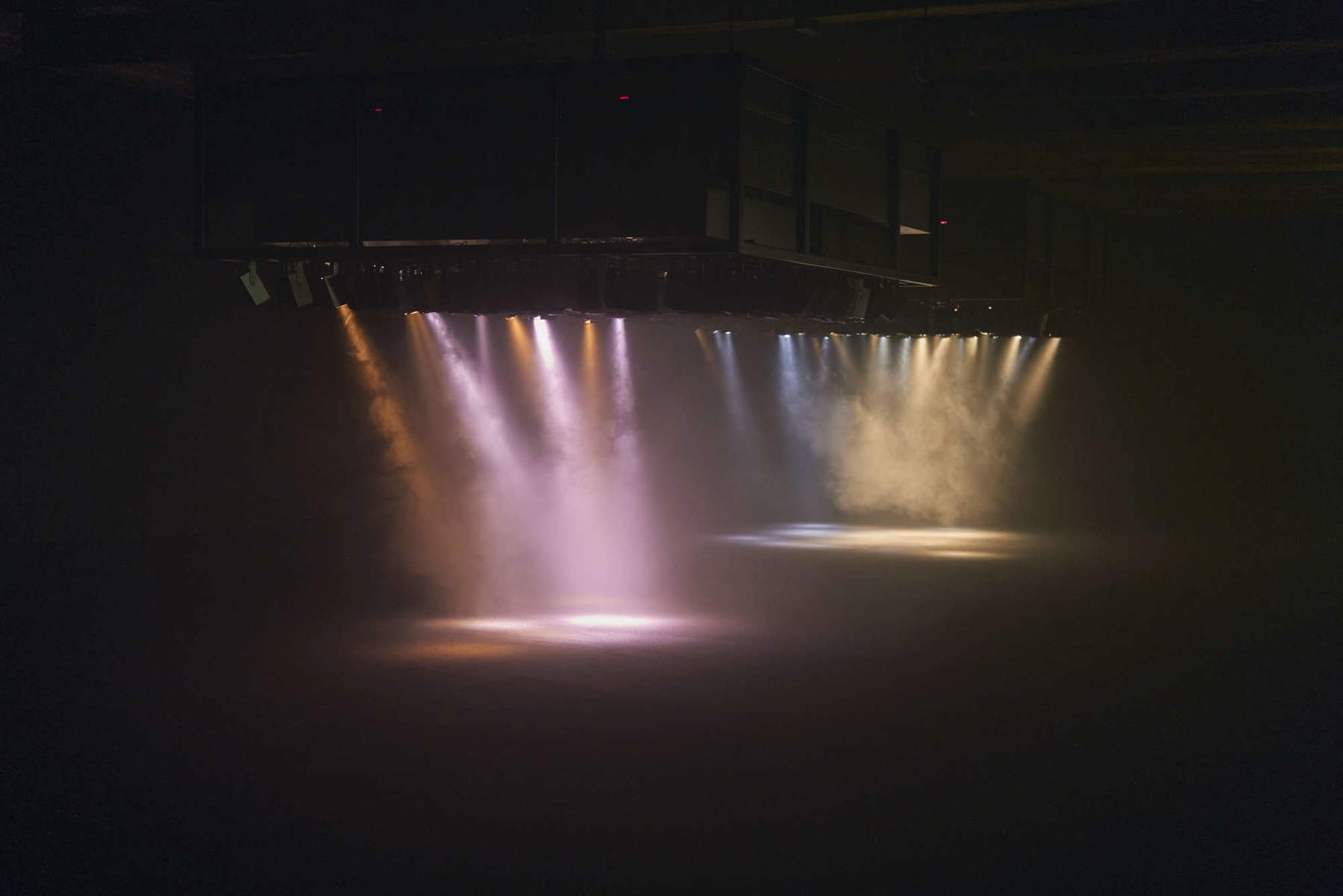
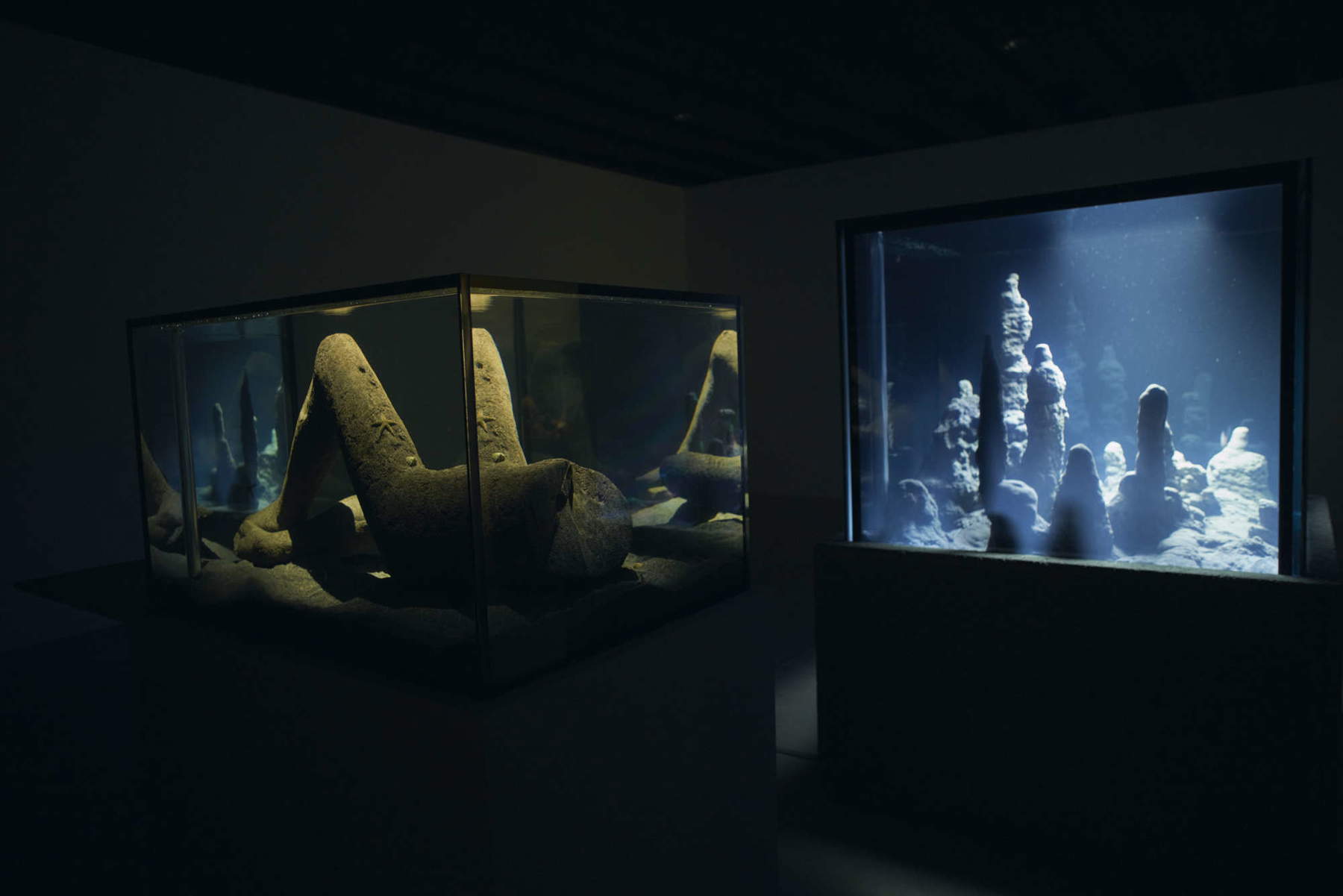



The journey begins in the dark, amniotic undifferentiated matrix in which, as soon as our eyes adjust to the darkness, we see floating a gigantic humanoid figure intent on gestures that evoke an arcane rituality, as unconscious as the twisting of an earthworm under the ground. This is Liminal (2024), a real-time simulation projected onto a porous canvas membrane, in which an alternately male and female body, moving slowly blindly, locates its sentient center of gravity in the black hole that replaces its face. The mindless entity experiences itself in darkness, barely brightened by a few points of light from behind the diaphragm that supports its vision. The titanic dimensions emphasize rather than belie the dreamlike fragility of this orphaned creature on the verge of dissolution, before whom we are pervaded by an archaic feeling of the sublime, aroused by the evidence of the insuperable distance separating us from it mixed with an inexplicable longing for identification in its primary existence.
Continuing on, the veil of illusion is rent as we encounter Portal (2024), a totem sculpture equipped with environmental sensors, camera and microphone, a transmitter of perceptible and imperceptible information for humans capable of learning from the impulses that pass through it. The structure is the nerve center of another diffuse hybrid body, composed of performers equipped with golden masks who roam the halls observing us with the same sidereal intensity with which we try to consider its mystery. At times, when we enter their range, we are joined by the enigmatic fragments of their conversation, which takes place in a language unknown to us, Idiom (2024), a language in constant gestation whose sound emission is instantaneously reproduced by artificial intelligence. These figures, emblematic of Pierre Huyghe’spolysemantic approach, serve as a connective tissue between the different environments in which the exhibition is divided, enhancing their spatiotemporal co-presence. The question of the face, understood as a contingent catalyst of identity or its negation, returns in the video Human Mask (2014), one of his most celebrated works. In the film, set in an unspecified deserted city in the Fukushima district in the aftermath of the 2011 nuclear catastrophe, a monkey wearing a female dress and mask wanders inside an abandoned restaurant, alternately busy in the act of serving sake to invisible customers or absorbed in her feral thoughts. Her behavior, in which instinct and training collide in an endless reiteration emptied of purpose, rendering the notions of actor, role and character indistinguishable, reveals all the ambiguity of the human mask tout court, which here functions as a trap in which our capacity for empathy is activated to capture an otherwise unspeakable otherness.
As we continue on this journey into the unknown, the human component becomes increasingly tenuous and residual, as is evident in the aquarium room, where space is punctuated by a sequence of ecosystems under glass, suddenly obscured or illuminated by an unreachable off-screen demiurgic direction. Inside each vitrine coexist naturalized animals, plants, rocks, and cultural leftovers, such as the hermit crab living inside a copy of Constantin BrâncuÈ™i’s Sleeping Muse in Zoodram 6 (2013). Such works are emblematic of the artist’s interest in arranging situations with no beginning, end or consequentiality of development, in which the instinctive behavior common to each species, prevailing over the individuality of a single entity, creates a narrative that is always unpredictable, while recurring as a general pattern, from contingencies destined never to be repeated. In these gray environments, alluding to a lost original unity, the animals become the protagonists of a plotless play, the unfolding of which is totally independent of the audience’s reaction.
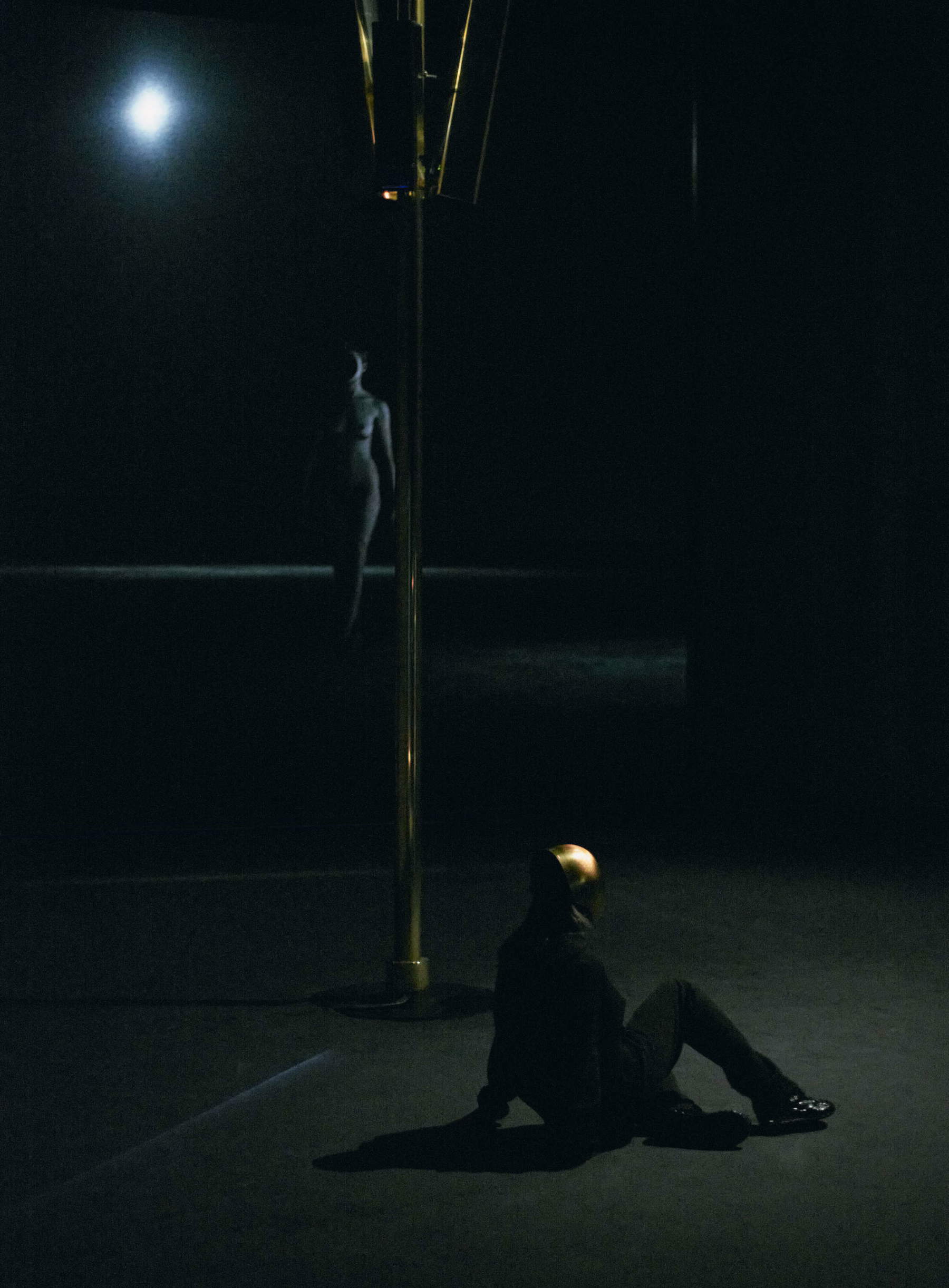
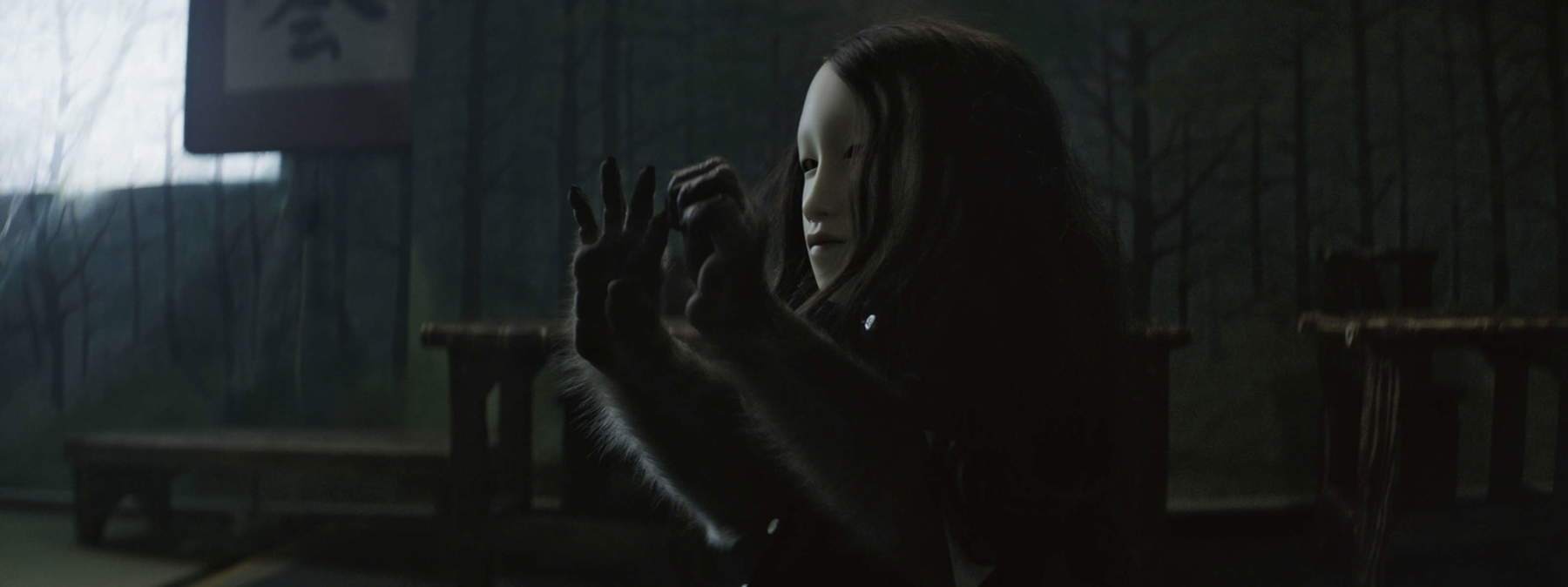
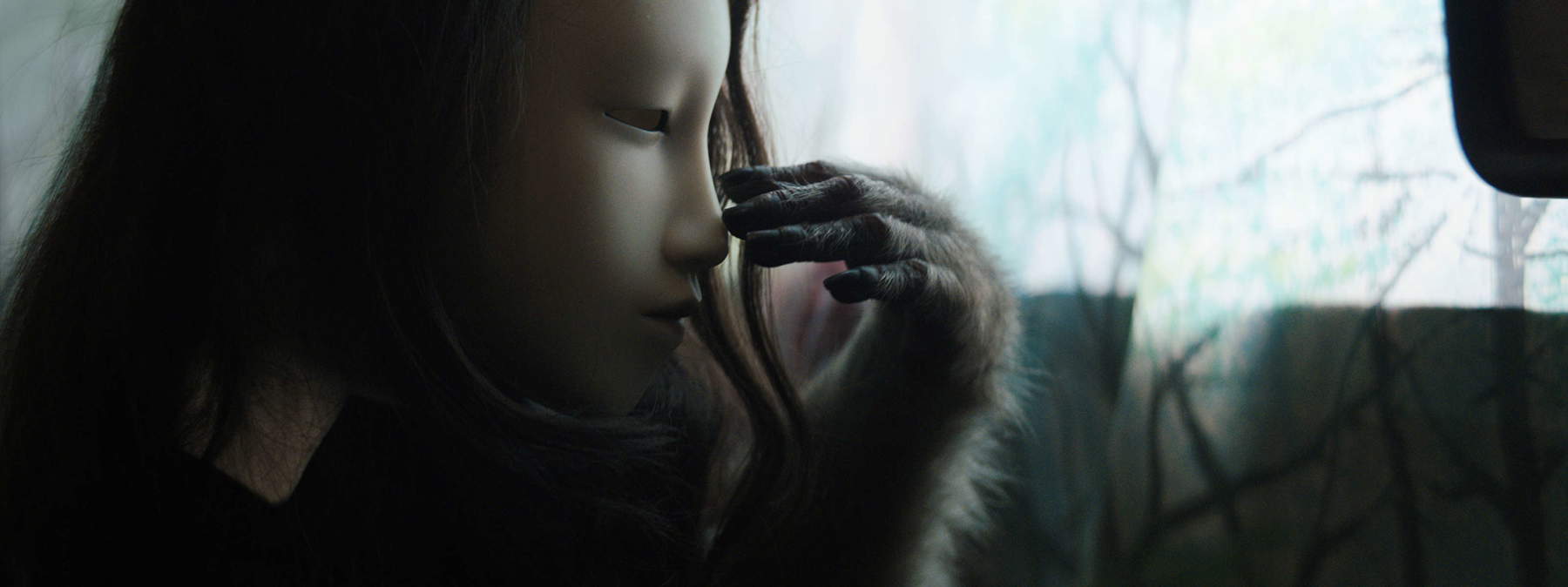
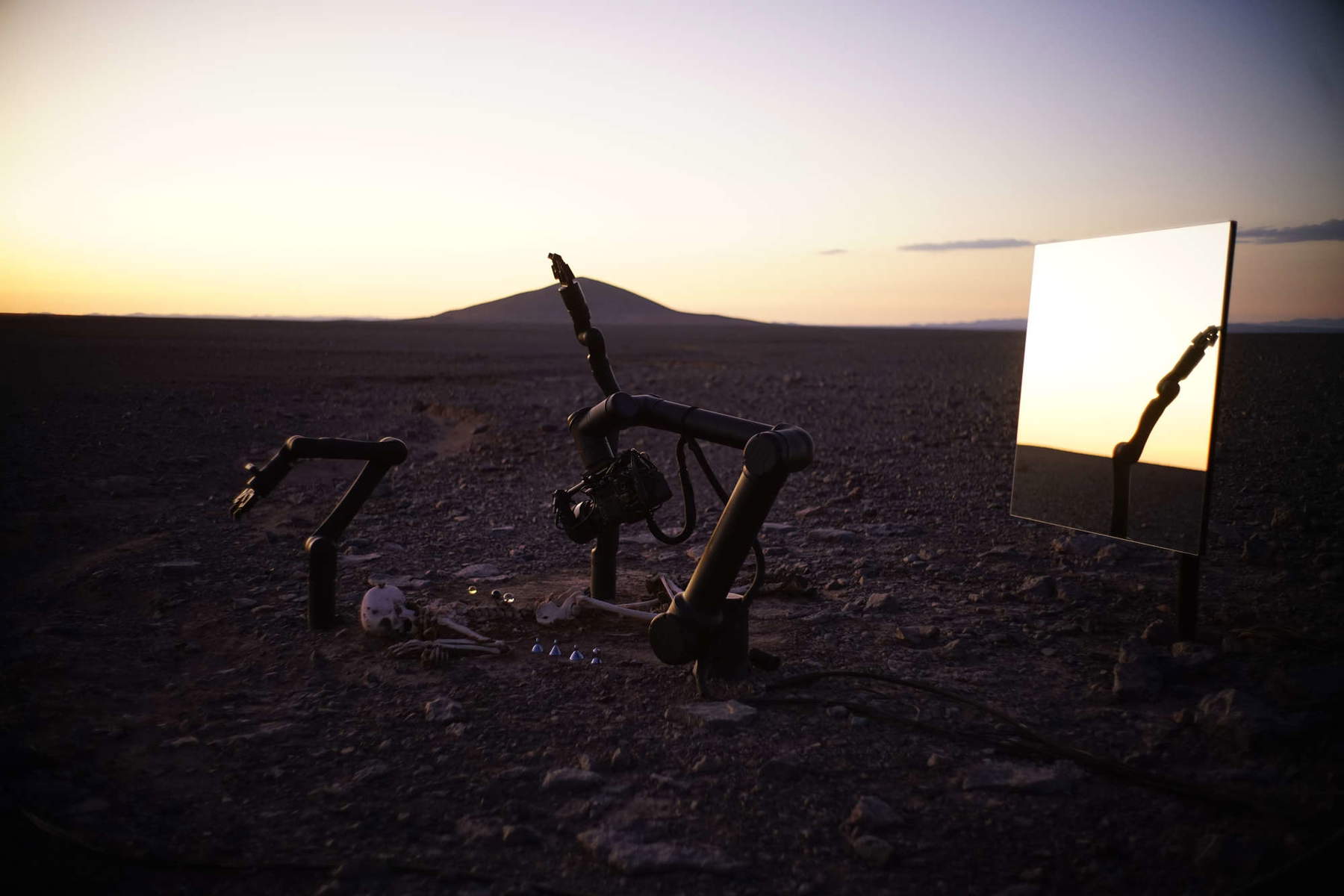

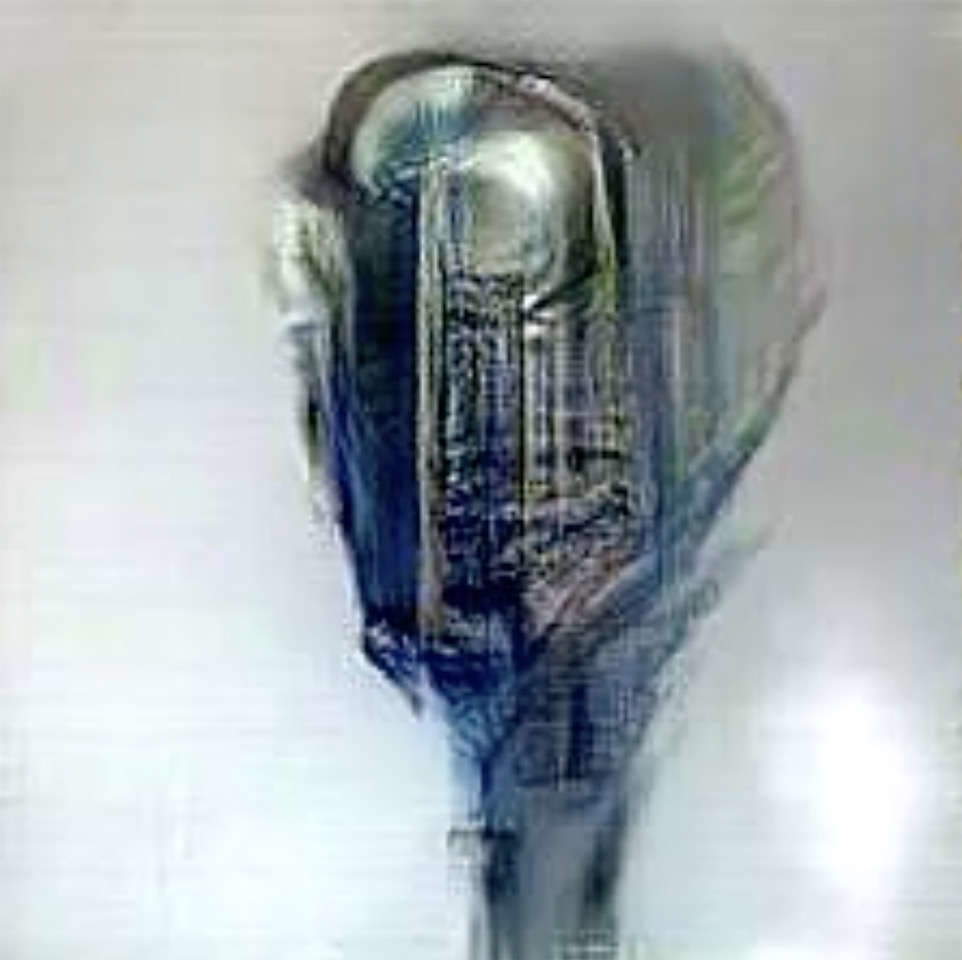
The idea of dismantling the viewer’s subjectivity through works that do not need the viewer’s gaze to exist culminates in Camata (2024), a self-generated film edited in real time by artificial intelligence in which we see some machinery engaged in a funeral or healing ritual over an unburied human skeleton found in the Atacama Desert in Chile. The abstract vastness of the natural landscape, which a mirrored screen seems to reconnect to the specular immensity of the sky that in that very place astronomers probe from a distance to study the planets beyond our solar system, seems to dissolve the complexity of existence in the limpid vision of a whole in which different systems experience the multiplicity of their possible intersections.
As Huyghe himself stated in conversation with Hans Ulrich Obrist on the occasion of the UUmwelt exhibition at the Serpentine Gallery in London, his goal is not to “show something to someone, but to expose someone to something.” And in this sense, “Liminal” is fully effective in acting as a transformative experience that, drawing us into its irresistible magnetic field, leads us to the radical rethinking of an otherness that, at the end of the journey, we discover to be so surprisingly consubstantial to us.
Warning: the translation into English of the original Italian article was created using automatic tools. We undertake to review all articles, but we do not guarantee the total absence of inaccuracies in the translation due to the program. You can find the original by clicking on the ITA button. If you find any mistake,please contact us.